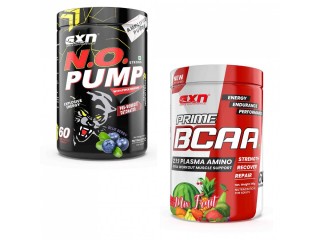Hydraulic Press Professional
3 years ago - Fashion, Home & Garden - Bareilly - 201 viewsWhat is a Hydraulic Press?
A hydraulic press is a mechanical device that uses the static pressure of a liquid, as defined by Pascal‘s principle, to shape, deform, and configure various types of metals, plastics, rubber, and wood. The mechanism of a hydraulic press consists of a mainframe, power system, and controls.
Pascal‘s principle states that when pressure is applied to a confined liquid, a pressure change occurs in the liquid. For a hydraulic press, the pressure in a liquid is applied by a piston that works like a pump to create mechanical force.
Chapter Two: How a Hydraulic Press Machine Works
The process of a hydraulic press begins when a hydraulic fluid is forced into a double acting piston. The compressive force inside the small hydraulic cylinder pushes the fluid into a larger cylinder where more force and pressure are applied. The movement of the larger piston forces the fluid back into the smaller piston cylinder.
The passage of the fluids between the two pistons creates increased pressure that produces mechanical force to drive the anvil on a hydraulic press downward onto a workpiece that is deformed to produce a desired shape. Once the movement is complete, the pressure is released and the anvil returns to its original position.
How a Hydraulic Press Works
The components of a hydraulic press include two cylinders, two pipes, and two pistons. One of the cylinders is the ram and the other is the plunger; they are connected by a chamber that is filled with hydraulic fluid.
Ram
In many hydraulic systems, several rams are used, the number of which depends on the working load. Multiple small rams are preferred over a single larger one to allow for better control over the thrust force. Fluid is supplied to the ram by a pump and hydraulic accumulator that works between the rams and the pump.
Accumulator
The accumulator stores hydraulic pressure as a fluid, which is released when required. The configuration of a hydraulic accumulator is a cylinder with a piston that is spring loaded or pneumatically pressurized. The pump continuously pumps hydraulic fluid into the accumulator to keep the pressure in it constant. The inlet of the accumulator is attached to the pump, while the outlet is attached to the machine.
Without the accumulator, the pump would have to be continually running. The accumulator helps avoid this by serving as a storage container for the energy needed to operate the machine.
Pump
The three types of hydraulic pumps are vane, gear, and piston with piston pumps being the most commonly used. The pumps for a hydraulic press are a positive displacement pump, which means they deliver a constant amount of fluid with each pumping cycle. The positive displacement pump can be fixed or variable with a fixed pump working at a constant speed while a variable pump changes speeds and can be reversed.
The reason that piston pumps are best suited for hydraulic presses is their ability to perform in high pressure hydraulic systems. The pump operates at large volumetric levels due to its low fluid leakage. The types of piston pumps include axial, bent axis, and radial.
Cylinders
The number of cylinders in a single column hydraulic press varies according to its design. The function of the cylinders is to generate the compressive force that drives the anvil and die. In a two cylinder design, the diameter of the cylinder that carries the ram is larger, while the diameter of the second cylinder that carries the plunger is smaller. Cylinders are metal pipes with two ports for the input and output of hydraulic fluid.










